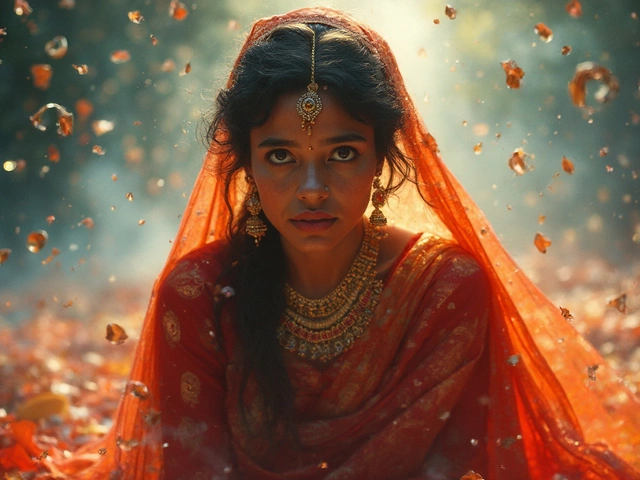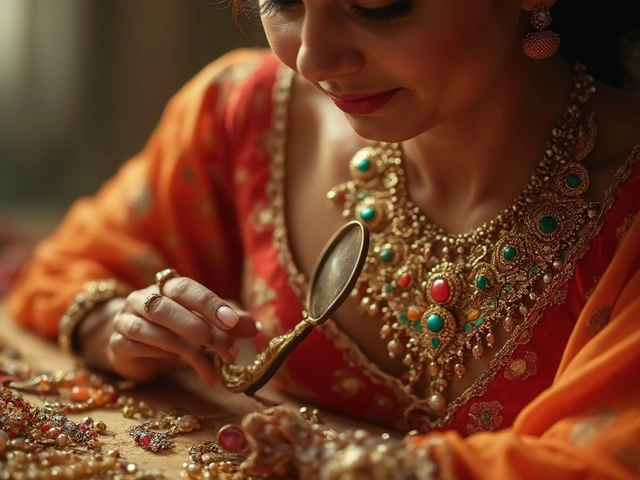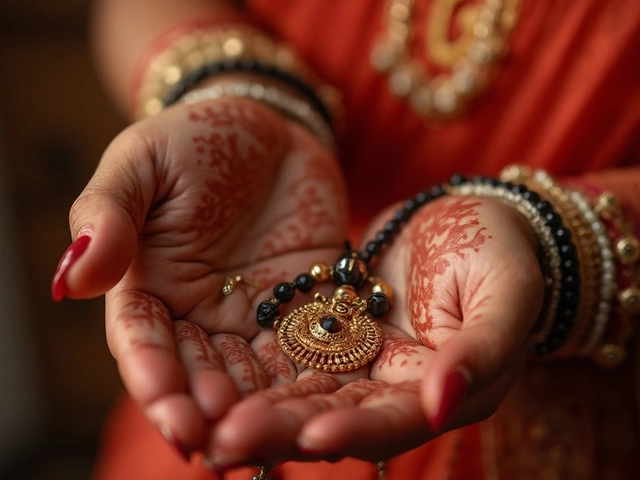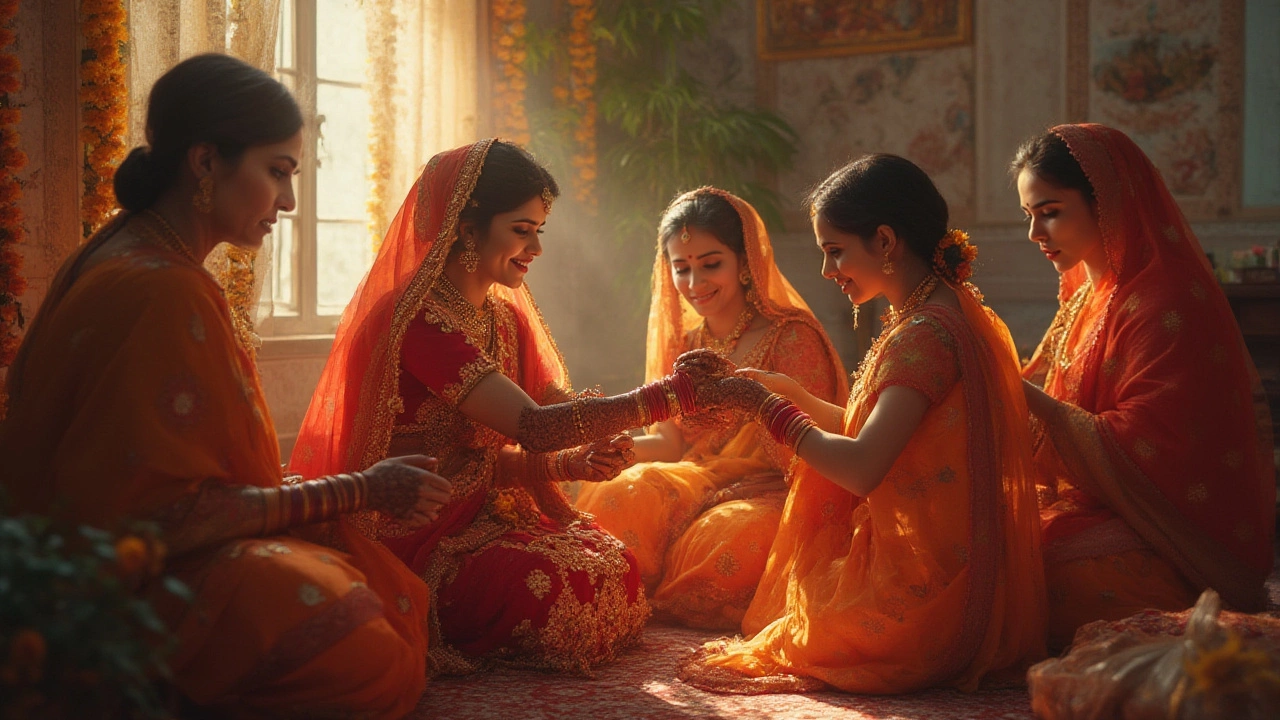
Few wedding symbols are more eye-catching and loaded with meaning than the choora. Those bold red and white bangles instantly stand out, but it's not just about style. For generations, the choora has quietly marked new beginnings for Punjabi brides—yet few actually know who’s supposed to remove them, and why it matters. You might spot the choora in Instagram reels of nuptials at lavish halls in Sydney, small towns in Punjab, or family living rooms around the world, but the details behind its removal ceremony are still a mystery to many. And—believe it or not—the real answer is far more personal and surprising than a textbook ever tells you.
The History and Symbolism of Choora Bangles
Let’s roll back time. The choora—the iconic stack of red and white (sometimes cream or pink) bangles—goes way beyond just glitter on a bride’s wrist. It’s supercharged with symbolism meant to signal joy, new beginnings, and blessings for married life. Traditionally, choora bangles are made from ivory, but today glass, plastic, and even acrylic versions are popular because ivory is illegal and unsustainable. The colors aren’t picked at random; red means prosperity and happiness, and white brings purity into the bride’s next chapter. It’s standard for the bride's maternal uncle (mama) and aunty (mami) to gift the choora during a pre-wedding ritual called the ‘choora ceremony’—usually held at the bride’s home on the morning of the actual wedding. They put it on her hands, covering her wrists up past halfway to her elbows, and cover it with a cloth, hiding it until after the pheras (the actual wedding rounds around the sacred fire). Family and elders throw flower petals over the bride, blessing her with words like “Sada suhagan raho” (May you always remain happily married). The choora is the loud, proud badge of newlywed status—strangers on a Sydney train, as easily as those in an Amritsar bazaar, can spot a new bride by her bangles. It’s more than jewelry; it’s a rite of passage. In fact, women weren’t even supposed to do housework or chores while wearing the choora, symbolizing a time just after marriage filled with care and celebration. Friends and cousins sometimes tease the bride about her new status with silly jokes or songs, further emphasizing her transition into marriage.
Timing and Duration: How Long Do Brides Wear Choora?
This isn’t a piece you take off that night and chuck on your nightstand. Traditionally, a bride wore the choora for a minimum of forty days after the wedding. These days, it varies wildly, sometimes less than a month, but often for up to a year. Why so long? Because the choora is meant to show the world the bride is still adjusting to married life, still the apple of her new family’s eye, and not expected to jump into daily household duties right away. It works sort of like a wedding band, but with a timeline. Some families still believe the choora protects newlyweds from evil—the colors and rituals act as a shield against bad luck during those crucial first weeks or months of marriage. The actual length depends on family tradition, religion, and personal comfort. In some households, the in-laws might gently encourage or even require the bride to wear it for a full year. In more modern families, the bride may choose how long to keep it on—factoring in her own style, comfort, or work needs. There’s no absolute law here, but in most North Indian and Punjabi homes, you’ll notice the choora making appearances at family events for months after the confetti’s cleared. Women will often replace faded or broken bangles to keep the set looking neat. It’s even common for the mother-in-law to present a new accessory—like a gold or diamond kadda (thick bracelet)—to replace the choora once it comes off.
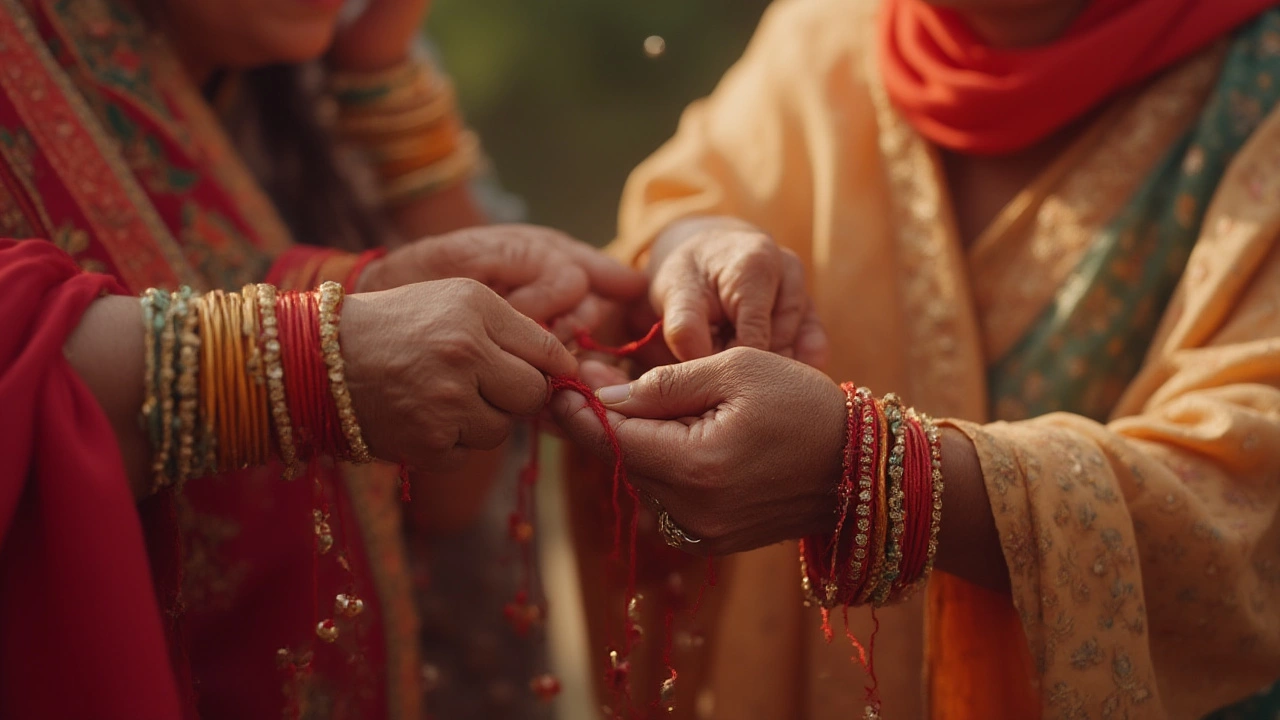
The Choora Removal Ceremony: Who Takes Choora Off and Why?
This is where things really get interesting: who actually removes the choora and how? Pop culture might gloss over this moment, but the ritual is a serious, emotional affair with its own set of rules. Traditionally, the choora is taken off quietly, usually after forty days, but as mentioned earlier, timing is flexible. The ceremony is intimate and often takes place at the bride's new home, surrounded by close in-laws and sometimes her own parents if they’re present. So—who does it? Across most Punjabi households, the choora is gently removed by the bride’s sister-in-law (nanad) or another close female relative from her husband’s side. Sometimes, several sisters-in-law will join in, sharing the honor but also lightening the mood. Why sisters-in-law? It’s about connecting the bride with her new family, showing that these bonds now run deep. If the bride doesn’t have a sister-in-law, the duty might fall to a cousin, aunt, or mother-in-law. There are families where the bride’s own mother, if present, joins hands in the ritual, combining the two families’ blessings.
The removal is often followed by another gift—maybe a gold bangle, a diamond ring, or a silver bracelet, as a way to welcome the bride fully into her new home. In some homes, choora bangles are gently broken as part of the ritual; in others, they’re taken off whole and packed away in a box for safekeeping. Superstitions come out here too—broken pieces are never thrown in the bin but often wrapped in cloth and kept with family heirlooms or floated in a river (hello, Yarra or Ganga) to ensure prosperity. Men rarely take part directly, except to join in prayers or blessings. All of this underlines the seriousness of the act—it’s not just about removing jewelry, but publicly marking the end of the “just married” phase and hinting that the young bride is ready to step up in her new family. There’s always a special snack or sweet—often ladoos or jalebis—to top off the ritual with a smile.
Hidden Rituals and Regional Variations
There’s no such thing as “one size fits all” when it comes to the choora rituals—regional quirks and family twists make every ceremony a bit different. In some Sikh households, the ceremony involves quiet prayers and a quick removal, while in certain Hindu Punjabi families, removal is almost like a mini-festival: music, full family turnout, laughter, and even playful teasing about missing the new-bride treatment. Some communities swap out colors—ivory replaced with peach, or rich maroon for white—to match specific beliefs or family symbolism. Here in cities like Sydney or London, Indian families sometimes blend in local customs, inviting both old and new friends to witness the event. There’s also the growing “choora touch-up” tradition: instead of taking it off all at once, the bride slowly removes a few bangles at each major milestone—first Diwali, Karva Chauth, or a housewarming—stretching out the good vibes for months. In coastal Indian states, brides might toss the bangles into the sea as a way to carry their prayers away. In mountainous regions, they’re often buried under a significant tree. Sometimes, the removal isn’t even a formal event; the bride quietly slips them off with her mother-in-law’s blessing, without any big fuss, especially if she’s working in a corporate setting where safety or comfort comes first. Bottom line: while the heartbeat of the ritual remains the same—marking change—there’s no single “official” playbook.
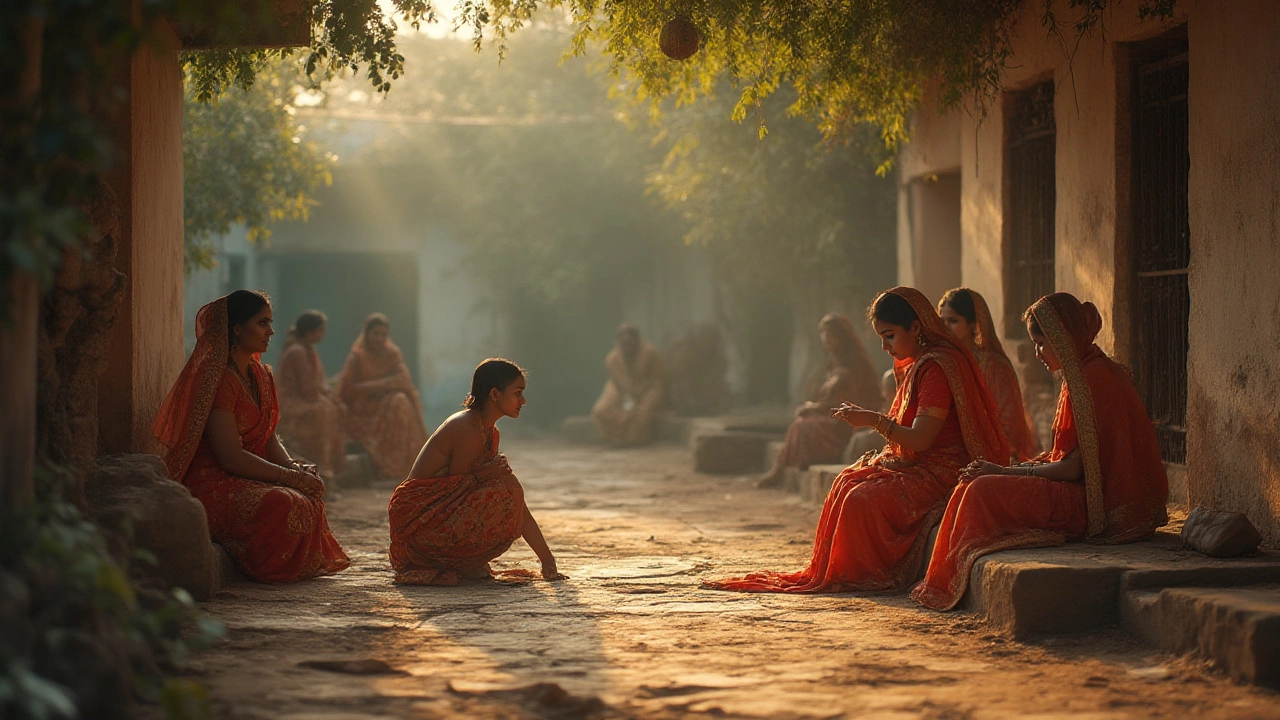
Tips for Keeping Your Choora Safe and Stylish
If you’re a newlywed or just curious (or you secretly want to wear a choora for a pre-wedding party!), practical tips help keep these meaningful bangles safe and looking on point. Here are the basics:
- Store your choora in a soft, cushioned box when not wearing it. Even though modern bangles are more durable, they can still crack or chip if tossed loose in a jewelry drawer.
- If your family keeps to the tradition of not removing the choora for several months, wear a protective sleeve or soft cloth wrap over it while sleeping, to reduce breakage and color fading.
- Say no to harsh soaps or cleaning agents, as red and white bangles can discolor quickly. A mild soap and lukewarm water is fine for gentle cleaning.
- If you break a bangle, don’t panic—just gently remove the loose pieces and store them safely until you can participate in the actual removal ritual.
- If you work with your hands a lot (construction, healthcare, or kitchen jobs), consider wearing a scaled-down set during shifts, still honoring the tradition but staying practical.
- Feel free to complement the choora with modern jewelry—thin gold bracelets, minimal charm bangles, or a smartwatch if needed. Personal comfort matters as much as tradition.
- Traditionally, designs were simple, but now brides have fun customizing: intricate engravings, crystals, or family initials are becoming popular.
- When the day finally comes to remove your choora, ask elders about what feels most respectful for your family—some like a full ceremony with sweets and music, others prefer a more personal, quiet removal.
And here’s a fun tip—don’t be afraid to keep a piece for yourself as a memento. Many women in Sydney, Toronto, or even Chandigarh turn a single choora bangle into a keepsake or pendant, a personal reminder of those wild, emotional days of brand-new married life. If you’re interested in passing down family traditions, save your choora in a shadow box or lined pouch for your own daughter or niece. These bangles are as much a story as they are an ornament—the acts around their removal just make the story richer.
